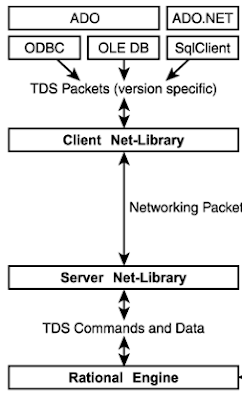SQL Server 2022 and the GENERATE-SERIES command .. a T-SQL language enhancement
Hi Guys,
Welcome back!
I have to admit that I like to find out what is added in each new version of SQL, especially the T-SQL language part.
There will be a lot to talk about ..
So let's start!
Today we see the first improvement of T-SQL language that the new SQL Server 2022 bring us: the GENERATE_SERIES command
The GENERATE_SERIES command
I bet that when we are asked to generate a series of numbers such as 1,2,3, .. or 2, 4,6 etc etc immediately we think of the CTE (the well-known "common table expression") or the function of ranking ROW_NUMBER.
Someone then invents some more original but still functional approach.
Let's see some ways currently used to generate a series of values:
Using a CTE:
WITH Cte AS ( SELECT 1 AS x UNION ALL SELECT x + 1 FROM Cte WHERE x < 5 ) SELECT * FROM Cte -- remember to add the option maxrecursion...
Executing this command we will have:
Or we could use a ranking function:
SELECT ROW_NUMBER() OVER (Ordery by object_id) FROM sys.objects
In this case, it is necessary to rely on the rows of an existing table (which must have a sufficient number of rows)
At this point the new command comes into play!
Just type:
SELECT * FROM GENERATE_SERIES ( START = 2, STOP = 12, STEP = 2 )
...et voilà!
You can avoid to explicit that name of the parameter ( START, STOP, ETC..)
Speaking of performance!
We run a very simple benchmark generating a series of number from 1 to 1000 to compare the execution time of the two solution: GENERATE_SERIES Vs. CTE approach!
The execution time of the new GENERATE_SERIES command is twice as fast as with the CTE solution. 2015 ms Vs. 4334 ms!
Another aspect is the CPU time. The new command is a clear winner whit 47 ms. Vs. 3215 ms!
That' all for today!
Luca
Previous post:SQL Server 2022 and the Parameter Sensitive Plan Optimization (PSP) with example








Once you've chosen how often you'd like to receive these LinkedIn emails, you can choose to receive them at all or just the weekly digest. If you're interested in new profiles or are searching for a job opportunity, you might prefer the Weekly Digest. To know more about email finder, check here.
ReplyDelete